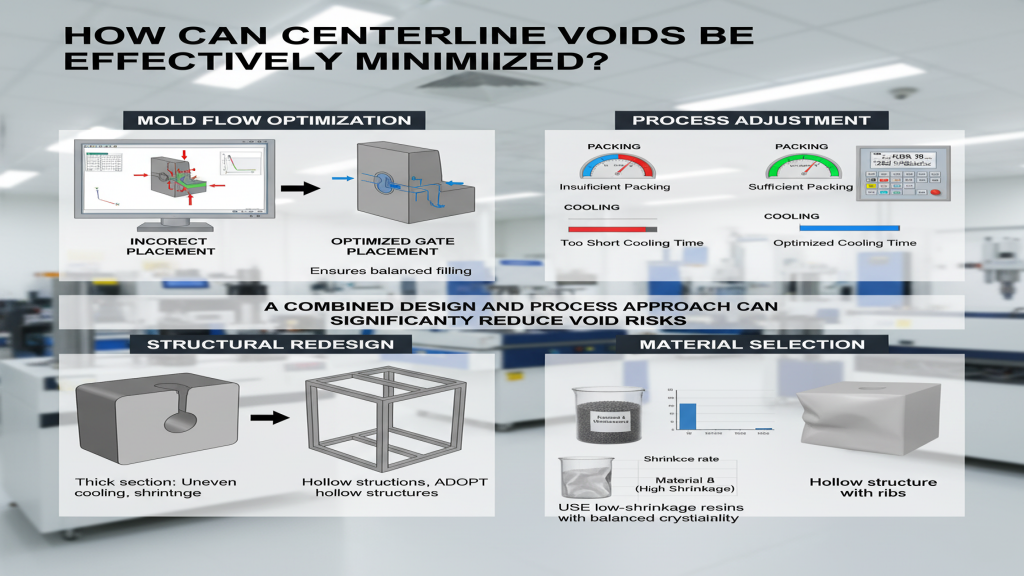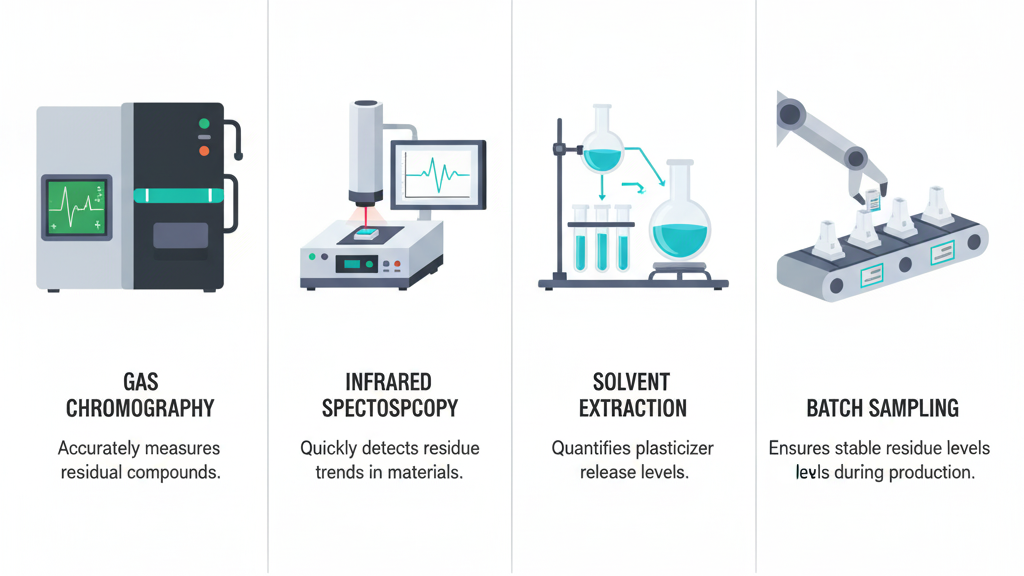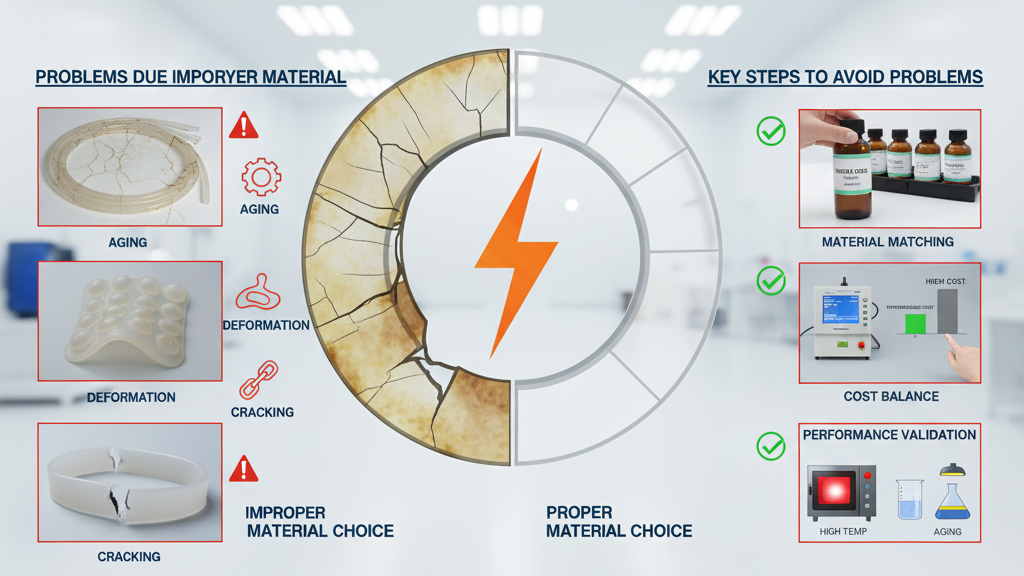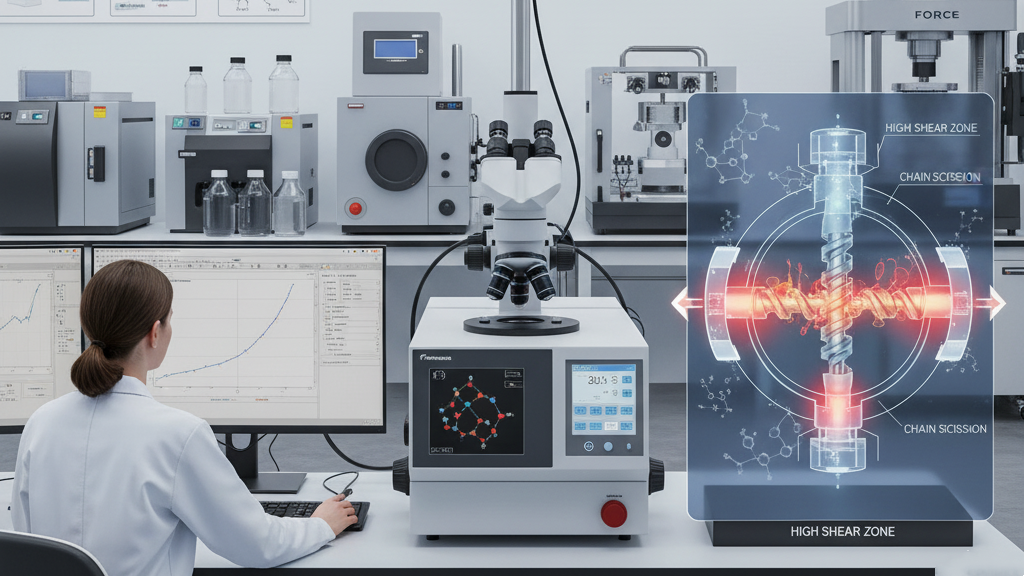In the fast-paced world of product development, the choice between rapid prototyping and traditional injection molding can significantly impact the efficiency and outcome of your project. Both methods have their advantages and drawbacks, making it essential to understand how they differ and when to use each.
What is Rapid Prototyping?
Rapid prototyping refers to a range of techniques used to quickly fabricate a scale model or prototype of a physical part using 3D computer-aided design (CAD) data. The goal is to create a tangible representation of a design idea, allowing for quick iterations and modifications. This process is particularly valuable in the early stages of product development, where speed and flexibility are crucial.
Advantages of Rapid Prototyping
- Speed:Prototypes can be produced in a matter of days, allowing for rapid feedback and adjustments.
- Cost-Effective for Small Batches:Ideal for small runs and testing concepts without the high upfront costs of tooling.
- Design Flexibility:Changes can be made quickly based on testing and user feedback.

What is Traditional Injection Molding?
Traditional injection molding is a manufacturing process that involves injecting molten material into a mold to create parts. This method is often used for large-scale production, making it a go-to choice for industries such as automotive, consumer goods, and electronics.
Advantages of Traditional Injection Molding
- High Production Volumes:Economical for mass production, reducing the cost per unit.
- Material Variety:A wide range of materials can be used, providing options for strength, flexibility, and aesthetic appeal.
- Precision and Consistency: Produces high-quality parts with tight tolerances, suitable for final products.

Key Differences
The decision between rapid prototyping and traditional injection molding largely depends on your project needs. If you’re in the early stages of product development and require flexibility, rapid prototyping is the way to go. However, if you’re ready to move into full-scale production, traditional injection molding will provide the efficiency and cost-effectiveness needed for large volumes.
Conclusion
Both rapid prototyping and traditional injection molding offer unique benefits that can enhance your product development process. By understanding their differences, you can make an informed decision that aligns with your project goals. If you’re looking for expertise in either area, don’t hesitate to reach out to us!







